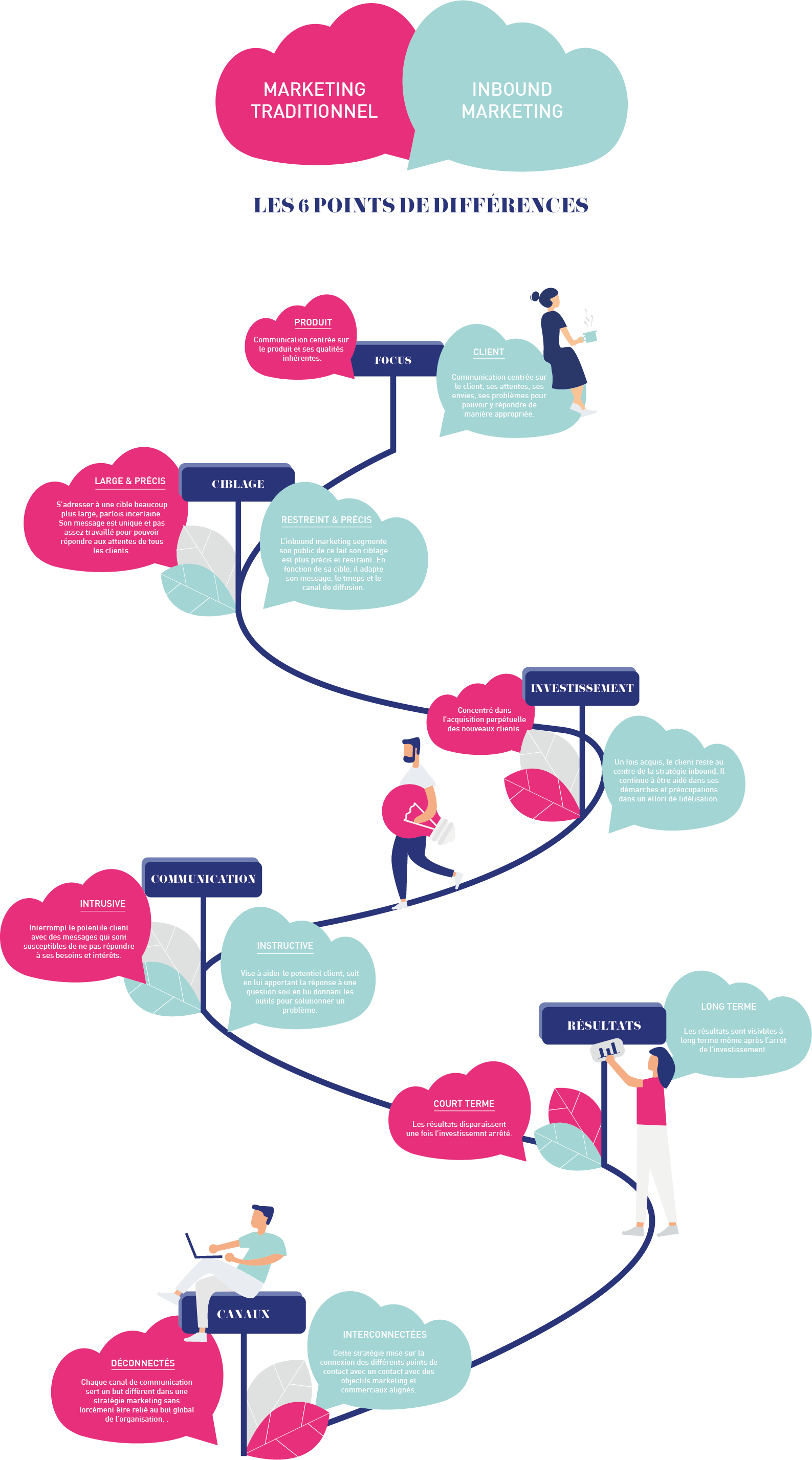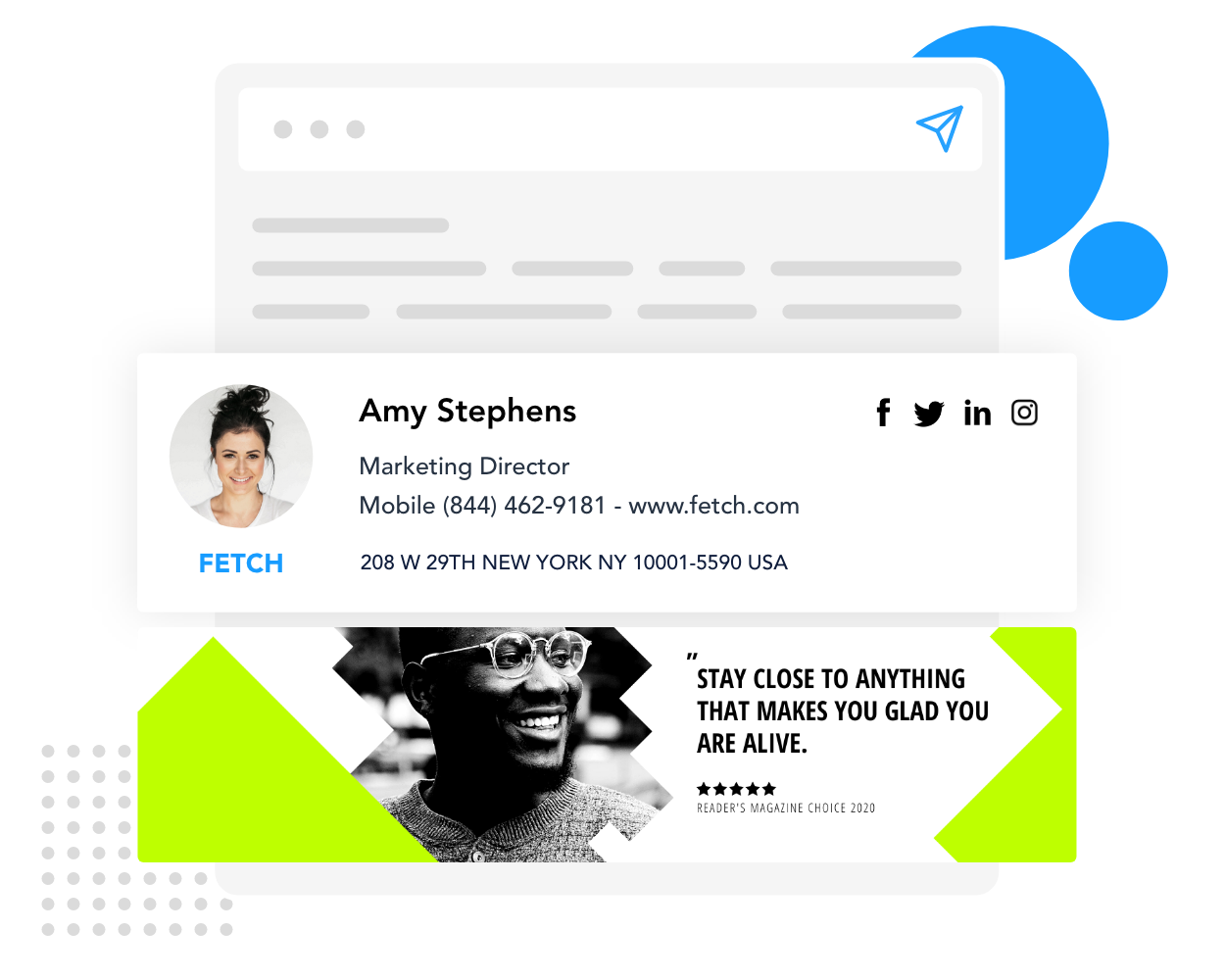
The customer experience strategy, which comes from the English “customer experience”, is a relatively young notion. It appeared in the 90s in an increasingly competitive context. However, this is a relative concept that stems from two distinct dimensions. The first relates to the customer’s history with the brand. The customer will therefore unconsciously compare his experience with the brand on a time scale. The second draws a parallel between the experience with a brand and that of its competitors.
Now, what makes the difference between two similar products is the emotion and the lived experience between the brand and the consumer. With the multiplication of points of contact (email, chatbot, phone, website, store, social networks, events), the customer experience is increasingly difficult to master. However, the game is worth the effort.
The challenges of a customer experience strategy
A positive customer experience strategy experienced by a customer is the holy grail of business performance. The emotional bond created is the main vector of opportunity and value creation. Indeed, field studies show that there is a strong link between experienced emotions and decision making. According to Éric Falque and Sarah Jayne Williams in “The paradoxes of customer relations in a digital world”, at least 60% of purchases are influenced by our emotions.
In addition, according to research conducted by HBR, a customer who has a positive customer experience and is emotionally involved can have an impact on:
Recommendation
Indeed, a customer who had a pleasant experience is at least three times more likely to recommend your offer. A customer attached to your brand becomes an ambassador and a prescriber of your company.
Loyalty
If the entry point of your strategy is the customer, they will be three times more likely to stay loyal. This allows, among other things, to reduce marketing costs since, according to a Hubspot study, retaining customers costs 5 to 25 times less than acquiring new ones.
Average basket increase
A customer who is satisfied with a brand is much less price sensitive. He is therefore prepared to pay more for a product or service that has successfully created an emotional connection. Appel is a good example of a brand that communicates values and creates emotion.
An improved social climate
Even though we don’t usually think so naturally, an improved customer relationship can have a positive impact on the social climate in the company. This is easily understood since it is always more pleasant for an employee to deal with satisfied customers than with dissatisfied customers. The stress level is lower and the employees are more fulfilled. Indeed, it is a virtuous circle to be created and maintained over time.
Steps for successful customer experience management
A customer who has an emotional connection with the brand can therefore have beneficial impacts for the company. However, this concept is sometimes very difficult to implement within organizations. So here’s how to go about it operationally.
Set up satisfaction surveys in the customer experience approach
Getting feedback from your customers can prove to be a real gold mine for future marketing and business strategies. They can reveal to you points of friction that you had not noted or they can indicate to you the points on which you are performing well and on which it is necessary to maintain a constant effort.
In order to question the customer relationship, you can set up simple and effective tools such as the Net Promoter Score (NPS). The NPS is the most widely used metric to measure brand engagement. It is an indispensable tool in the implementation of a customer experience strategy.
Indeed, you will send your customers, after making a sale, a questionnaire in which you will ask them on a scale of 0 to 10 how much they are likely to recommend your services or products to a friend. As in the example below, you can leave a free field for comments.
This action will allow you to distinguish three types of customers:
- Detractors (those who score from 0 to 6). This group is often made up of disappointed customers. They may indeed speak badly of the brand. Because of this, it is important to resolve issues before they become serious.
- The passive (those who note the 7 and 8). These people are generally happy, but they are unlikely to recommend the brand. They are vulnerable to offers from competitors.
- The promoters (those who note the 9 and 10). They are the most satisfied and loyal customers. They are likely to recommend your products and services. They are true ambassadors of your brand.
Here is the formula to calculate your NPS = % of Promoters – % of Detractors.
Stimulate employee engagement
It should be understood that customer satisfaction is not the concern of any one department but of all departments of the company. To do this, you will need to make your employees aware of customer satisfaction and the impact that this can have on your entire business to create a true “customer-centric” corporate culture. To do this, it will be necessary to regularly seek the advice of each employee, listen to feedback from the field and create a caring and respectful environment, conducive to listening.
Simple gestures such as saying hello, congratulating an employee on their successes or encouraging them when they gain competence can impact their morale and their involvement at work.
Adopt inbound marketing to enrich the customer experience strategy
Inbound marketing is a marketing technique that aims to naturally attract customers to your business. This approach is based on four different stages: attracting, converting, transforming and retaining. The goal is to get the right message, to the right person, at the right time. Imagine the following scenario.
When your customer has a problem, you are still an unknown solution. To solve it, he will probably do some research to find some answers. If you have created targeted content to answer his questions such as blog posts, infographics, social media posts, videos, podcast … You are probably likely to find you and consider your value proposition.
In addition, by using “marketing automation”, you can always position yourself as an advisor and help your potential customers to ask themselves the right questions but also to find the right solutions to their problems. Sending actionable case studies, e-books, checklists, or Sheets can help your potential customer realize that you are an expert in your field and that your solution is the best to solve their problems.
Once the decision to buy is made, the work doesn’t end there. You will have to continue to delight your customers. The sending of personalized newsletters, active listening, the organization of meeting moments, the creation of smart content and the organization of webinars to increase their skills thus contributes to creating a lasting relationship over time.
Inbound marketing is a science in its own right, but once applied within companies, customer relations are significantly improved since we are no longer in a logic of pushing to buy or interrupting Internet users. Thanks to inbound, you help your customers and guide them in their various questions. Here is an infographic that takes stock of the differences between inbound marketing and traditional marketing.
Infographic produced by Hexagone Stratégie
Strong in this expertise, the growth generation agency Hexagone Stratégie supports its clients with the implementation of tailor-made inbound strategies to meet the needs detected and cope with the continuous evolution of the markets.
Engage customers and convert them into ambassadors
Nothing flatters a person’s ego more than being considered. Ask your customers for their opinion, their regular feedback and their testimonials. On the one hand, this will show that you want to maintain the quality of your services and on the other hand, they will feel taken into consideration. It helps to involve your customers in the life of your business.
Put people back at the center
To create a lasting relationship, you have to make a real connection. Start your meetings by talking about something other than business. This will help loosen up the mood but also show genuine interest in the person in front of you. It is also advisable to create meeting events, such as company parties or events where you could invite your clients.
In the same vein, be sure to be present when there is an important moment in your client’s life: such as a birthday or a promotion. A personalized message at the right time can create strong and lasting bonds.
Customer experience has become a strategic priority for many companies today, and with good reason. Its implementation on the ground is a little more difficult. That’s why we’ve offered you our tips on how to improve it. The customer relationship is no longer a luxury, but rather a necessity that is becoming more and more vital for your business.
Solution
External Communication
Enhance your image by having consistent and professional signatures and capitalize on your collaborators’ emails to relay your content.
Solution
External Communication
Enhance your image by having consistent and professional signatures and capitalize on your collaborators’ emails to relay your content.


